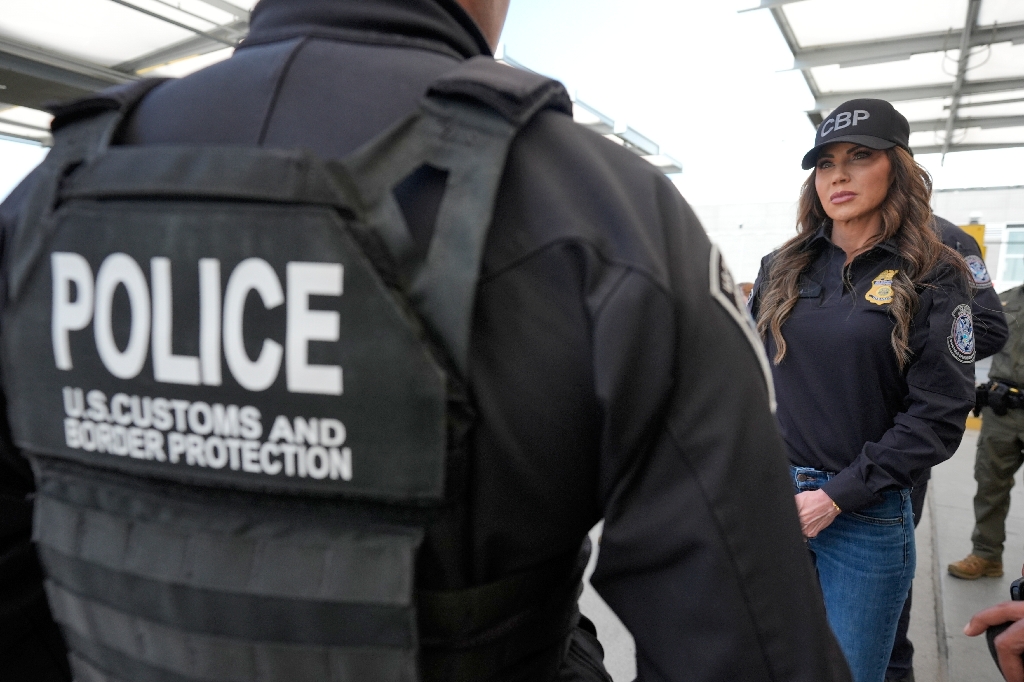Washington (AFP) – American C-130 cargo planes airdropped aid to Gaza Thursday, the US military said, its third joint operation with Jordan to deliver assistance by air in less than a week.
US officials say the drops are aimed at supplementing the insufficient supply of aid being brought in by ground to Gaza.
However, the amount of food provided by air is only enough to feed a tiny fraction of the people in need in the coastal territory, which has been devastated by months of conflict.
“US C-130s dropped over 38,000 meals, providing life-saving humanitarian assistance in Northern Gaza, to enable civilian access to critical aid,” the US Central Command (CENTCOM) said on social media.
“The combined, joint operation included US Air Force and Jordanian C-130 aircraft and US Army soldiers specialized in aerial delivery of US humanitarian assistance supplies,” CENTCOM said.
“These airdrops are part of a sustained effort and we continue to plan follow on aerial deliveries,” it added.
A statement from Jordan’s military said Belgian, Dutch, Egyptian and French planes also took part in the airdrop.
Gaza has faced relentless bombardment by Israel since Hamas launched a cross-border attack on October 7 that resulted in about 1,160 deaths, most of them civilians, according to an AFP tally based on official Israeli figures.
Israel’s retaliatory operations in Hamas-controlled Gaza have killed more than 30,800 people, mostly women and children, according to the territory’s health ministry.
– Maritime deliveries? –
The amount of aid brought into Gaza by truck has plummeted during nearly five months of war, and Gazans are facing dire shortages of food, water and medicine.
The United States launched its first airdrop of food into Gaza on Saturday, providing more than 38,000 meals, and dropped more than 36,000 on Tuesday.
But the number of people in need of aid in Gaza is much greater than could be fed by airdrops alone.
According to the World Food Programme, “the conflict in Gaza has left the entire population of 2.2 million people in ‘crisis’ or worse levels of acute food insecurity.”
“Hundreds of thousands of people are crammed into overcrowded shelters and hospitals, with food and water running out,” it says.
The growing crisis has led US officials to examine other means of delivering aid, including by sea.
“We are actively reviewing options for a maritime corridor for humanitarian assistance into Gaza, including potential commercial and contracted options,” Pentagon spokesman Major General Pat Ryder told journalists earlier this week.
“Certainly we want to see more aid being delivered via ground routes,” Ryder said, adding that “this is part of the discussion that we’re having with the Israelis in terms of how can they work to ensure that those routes are open, and that aid can get in quicker.”
© 2024 AFP




